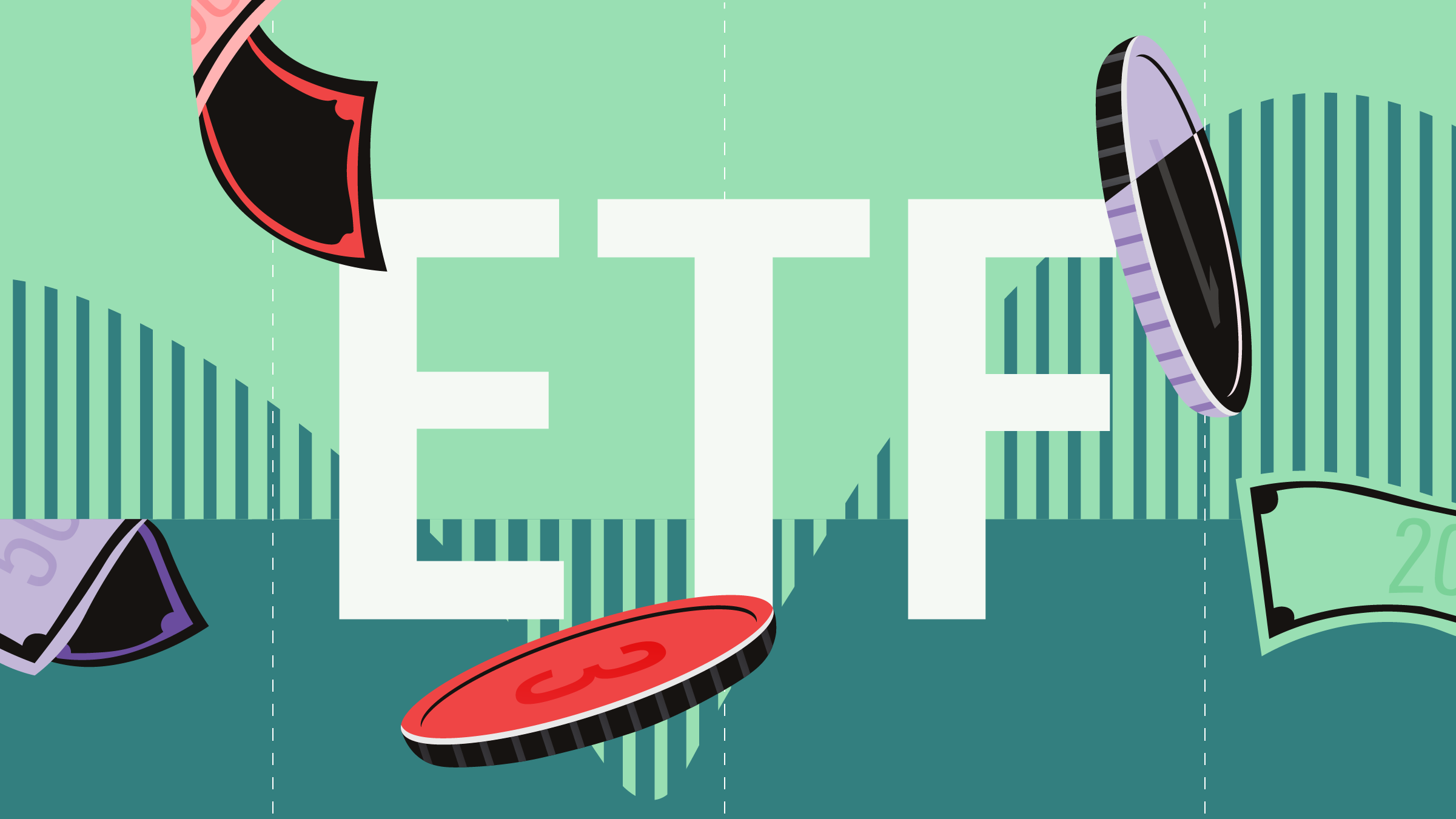Achilleas Taxildaris: Canadian investors have many options when it comes to domestic equity funds. They can go with traditional active investments, where our Medalist funds have done a great job over the benchmark. Or they can choose plain vanilla market-cap-weighted ETFs that have fees less than 0.1%, such as the Gold-rated iShares Core S&P/TSX Capped Composite and the Vanguard FTSE Canada. Investors who don’t believe in bottom-up stock picking, or who want to pay fees less than 1% and still try to beat the market-cap-weighted index, also have options.
Two strategies that weight stocks differently than the market to gain an advantage are the Bronze-rated DFA Canadian Core Equity Fund and the PowerShares FTSE RAFI Canadian Fundamental ETF. Both strategies are offered with significantly lower fees than their fully active peers, but also higher than their fully passive alternatives. Also, both strategies follow rules that lead them to overweight cheaper stocks based on their valuation multiples, hence offering exposure to the value factor.
But the two funds have considerable differences. The PowerShares ETF follows a strategic beta approach that has set rules on weighting its portfolio holdings and then is passively executed. It also has an annual rebalancing of these weights that resets them to the rule's suggested weights, which is a contrarian element in and of itself.
The DFA approach offers additional factor exposures to smaller companies and ones with higher profitability. It is also more diversified, investing in more than 400 stocks. The main difference, though, is that the approach is more active, both in regards to its exposures--introducing the profitability factor only after 2014--and its execution, with a trading team that tries to implement the strategy in the most efficient manner.


















